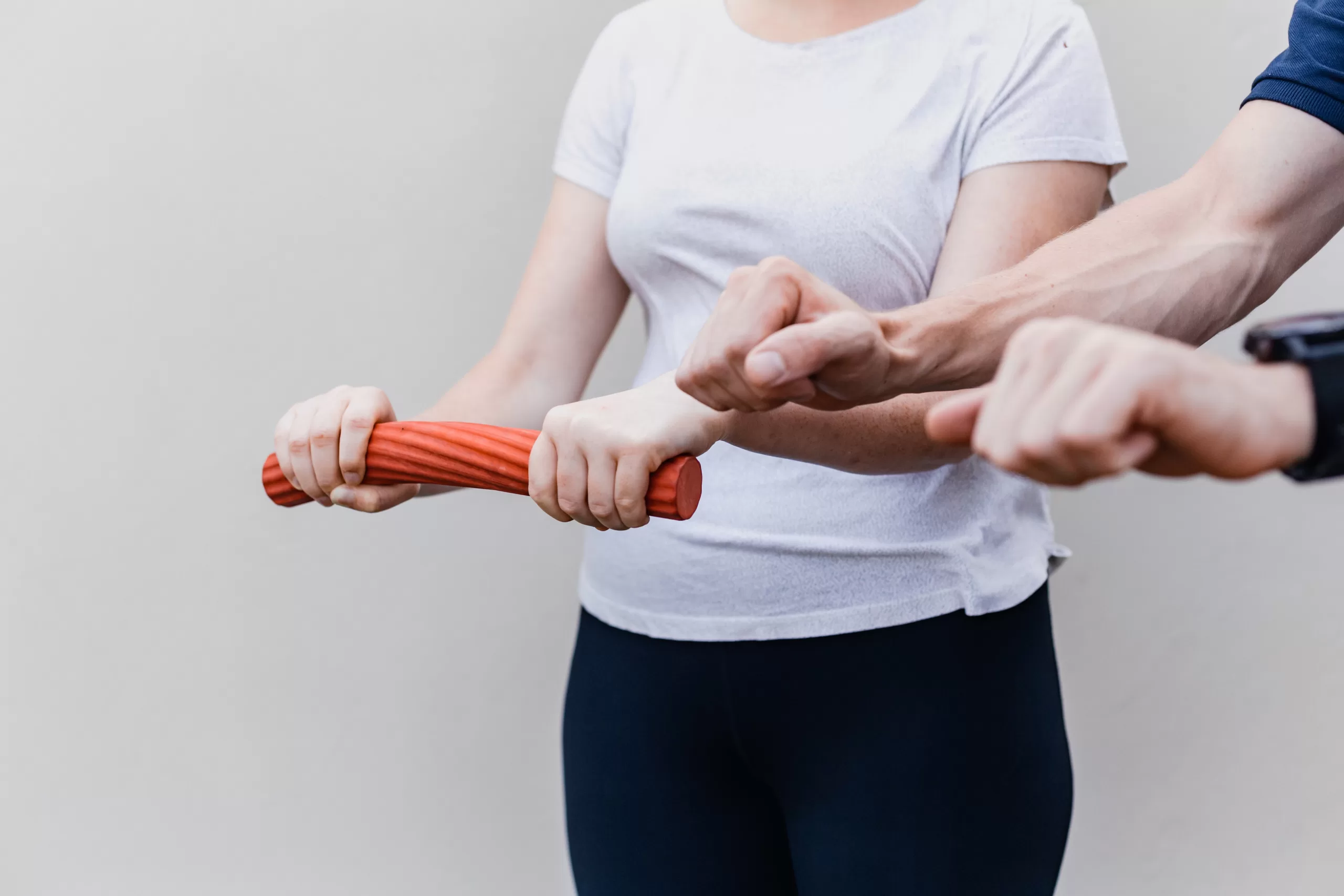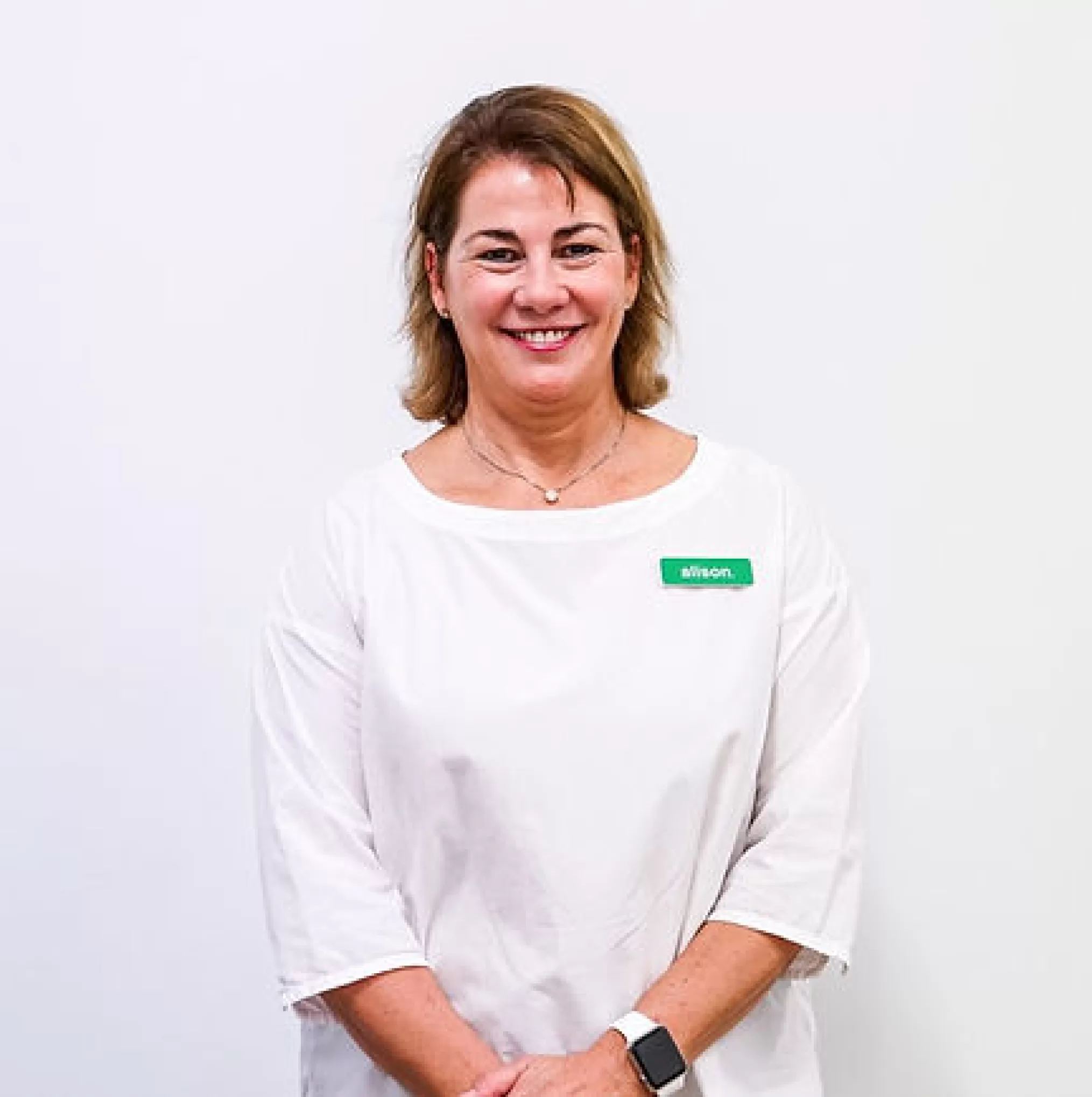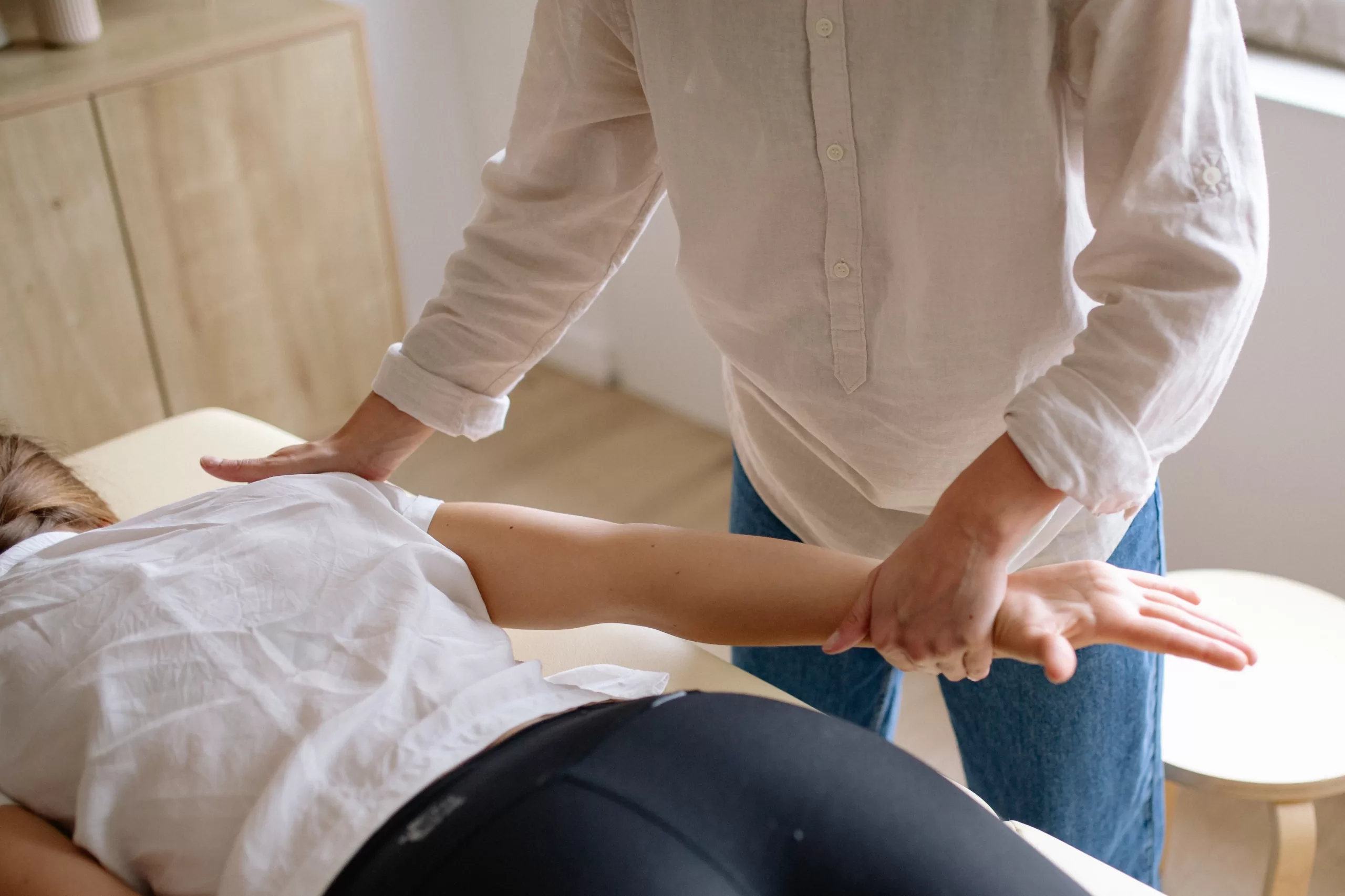Muscle Cramps

Muscle cramping is a syndrome of involuntary, painful skeletal muscle spasms that happens spontaneously and prove to be difficult to control. It occurs in various muscle groups, usually the calf, hamstrings or quadriceps muscles and resolution can take from a couple of seconds to minutes, but the afflicted part is non-functional during this time and perhaps for some time afterwards. It can remain painful for up to 48 hours after the cramp due to the lactic acid build up.
While there are factors such as dehydration, pregnancy, medications, poor diet, high BMI and age which can exacerbate your risk of incurring a muscle cramp, no one is immune from the occasional cramp. The main theory as to why we cramp is that your muscles have an imbalance of essential minerals, chemicals and electrolytes. Minerals such as potassium, calcium and magnesium are required by your muscles and nerves to function smoothly so an imbalance can be the cause. This might occur through not absorbing adequate amounts from your food or losing them through your sweat.
Stay well hydrated.
Keep your body well-stocked on electrolytes. Use good salts e.g. Celtic Sea Salt or Himalayan Salt
Wear compression garments and skins while working out or playing sport.
Do gentle static stretching of the affected muscle until the cramp subsides.
Massage the affected muscle group while placing it on a stretch.
Apply heat while placed on a stretch.
Take a supplement of Magnesium Powder with the consent of your GP.

